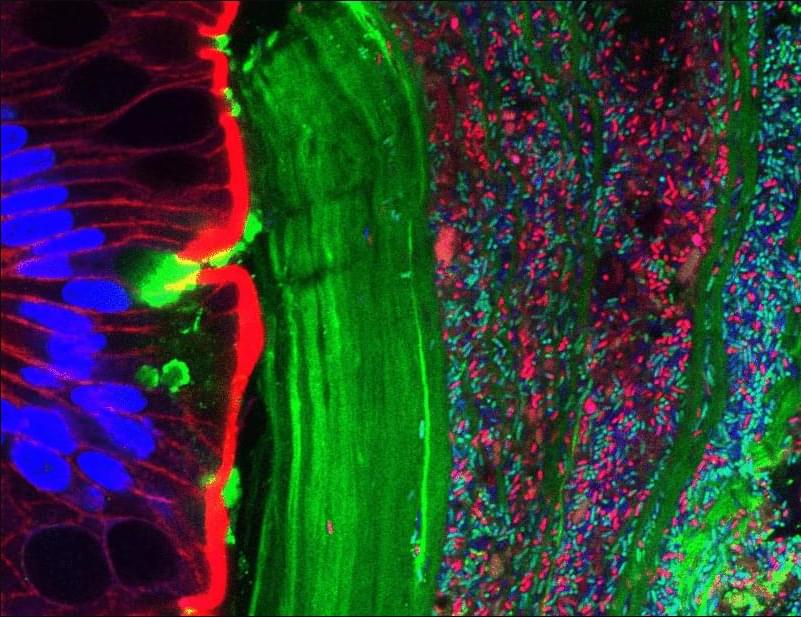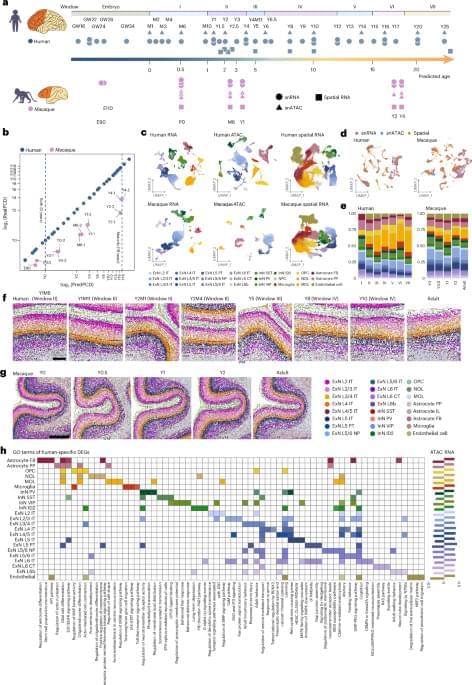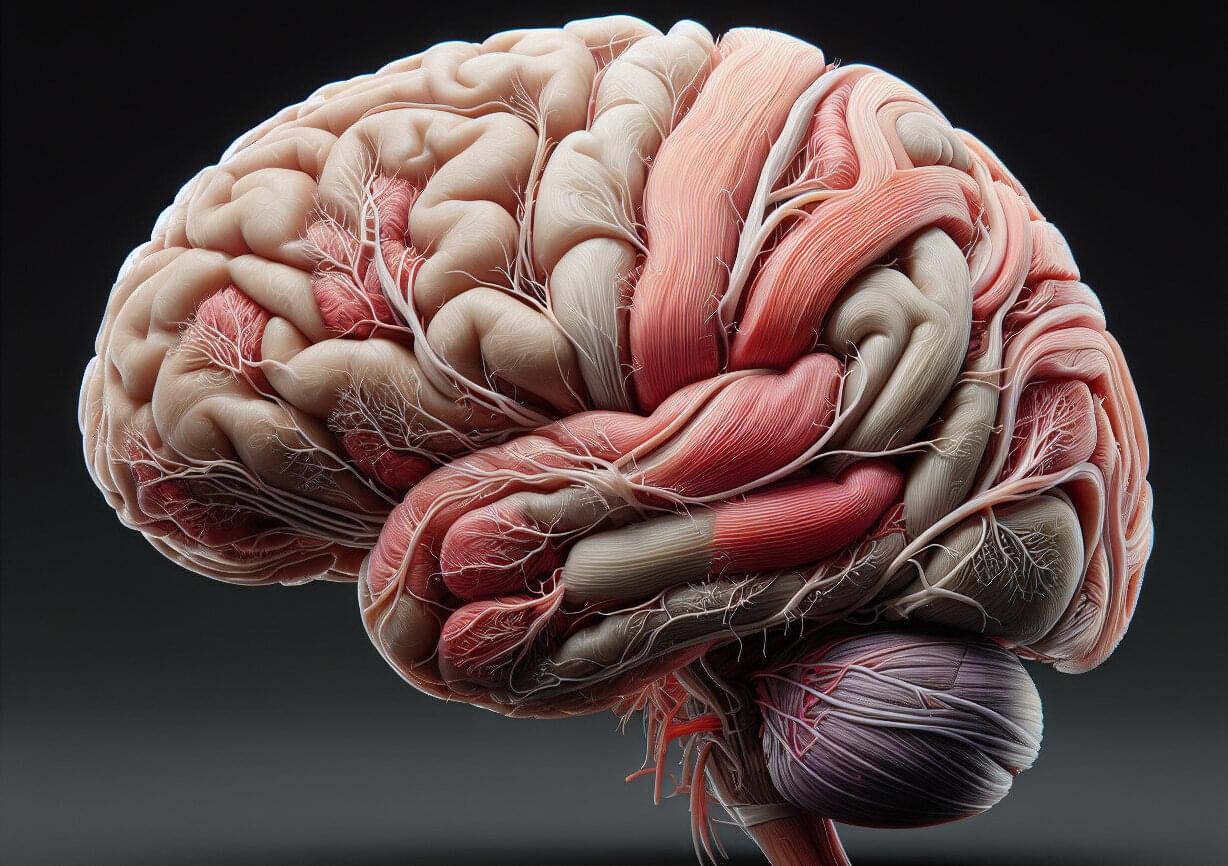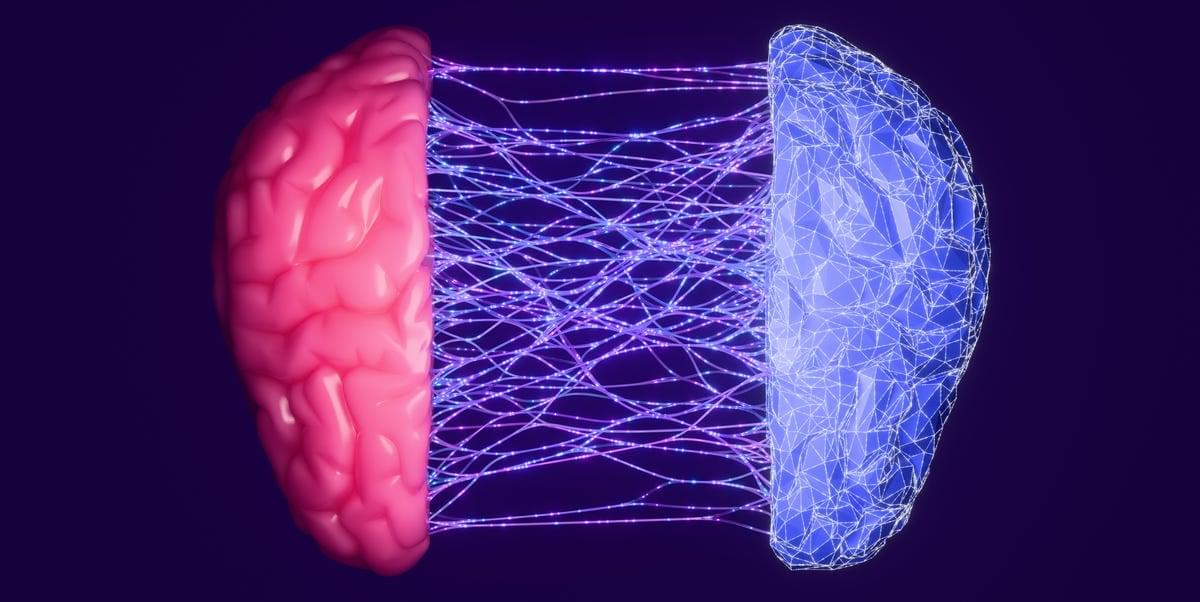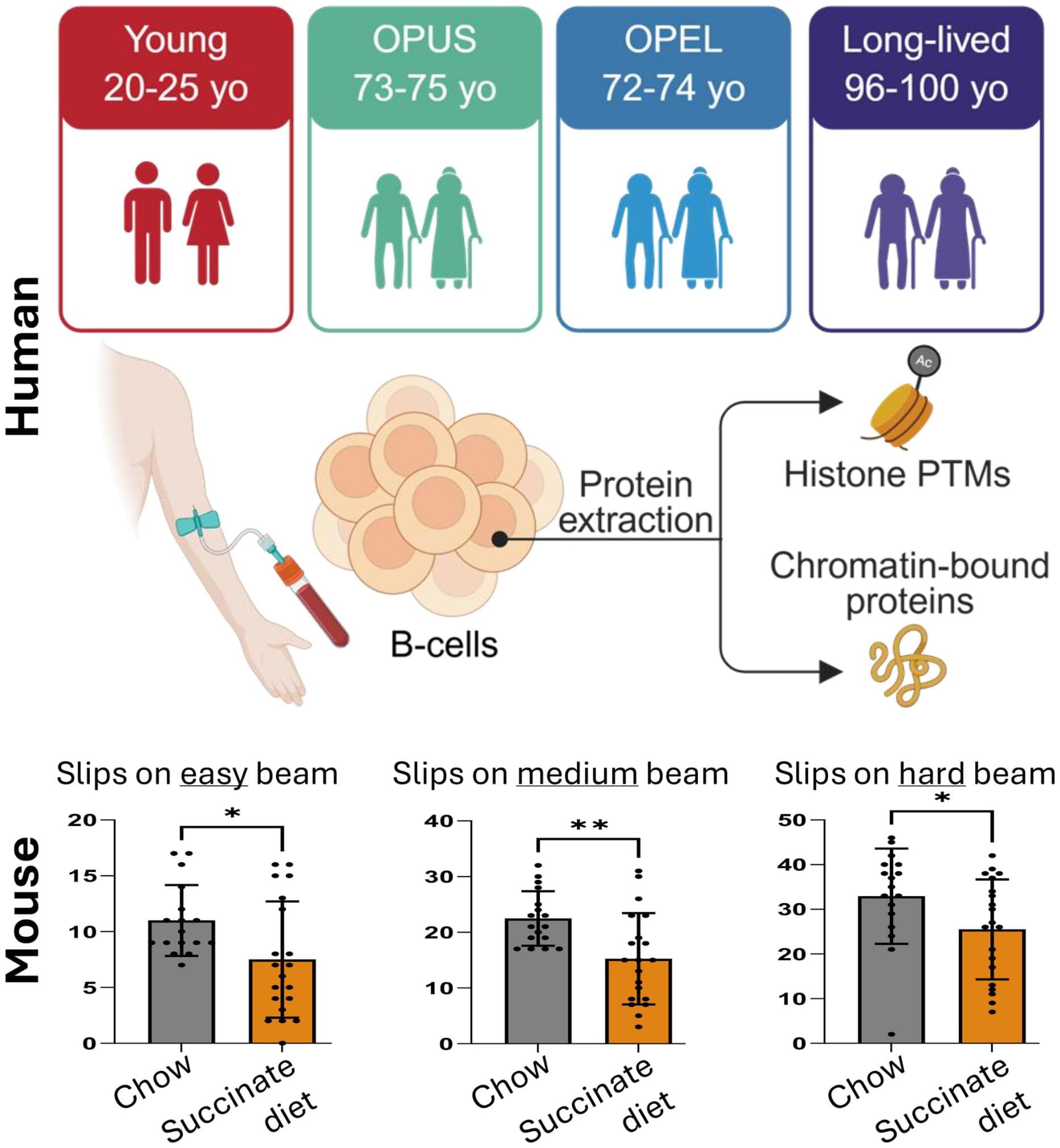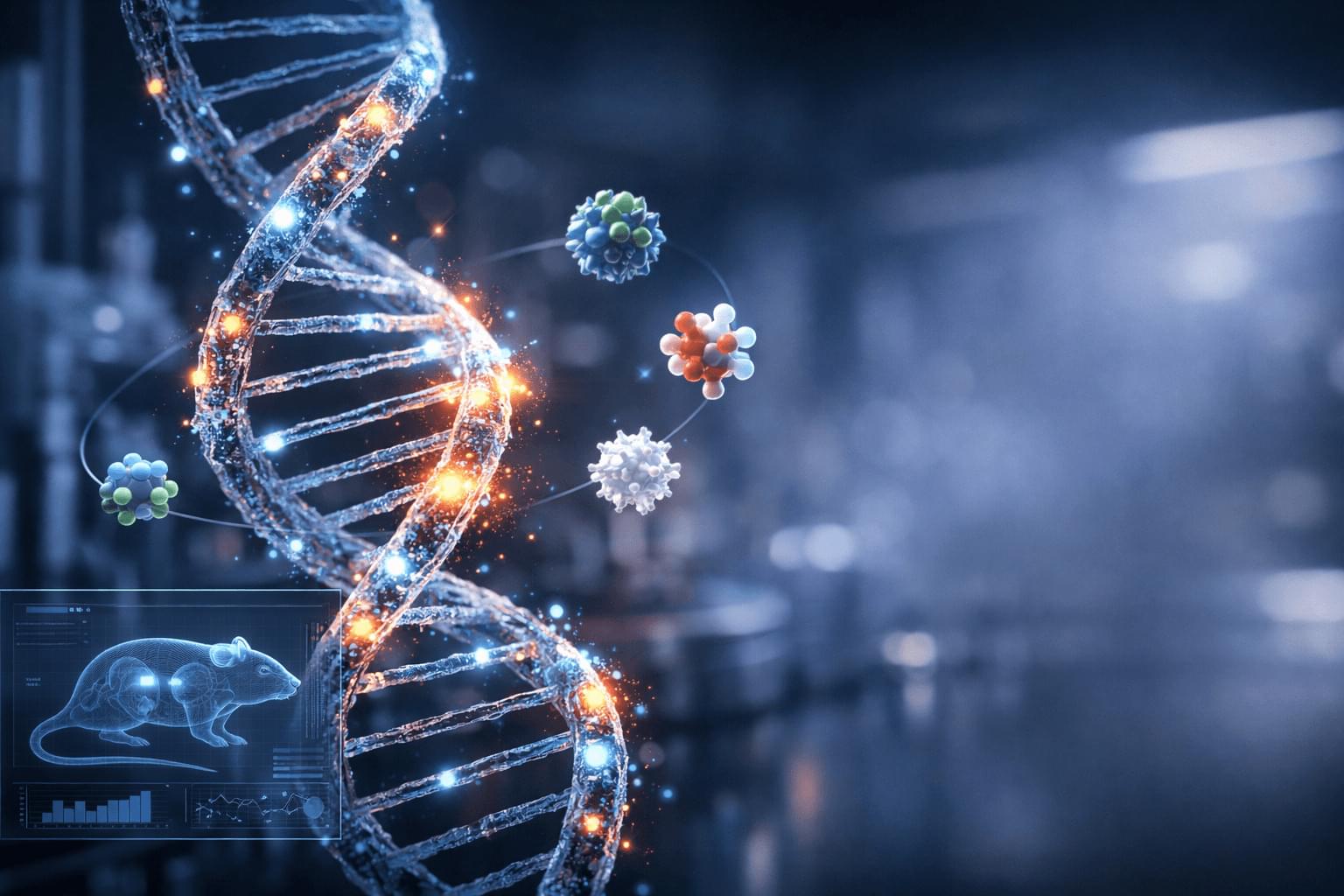Great paper highlighting key challenges for genetically engineered bacterial therapies in the human gut. It is respectable that this paper was published in Science despite some “negative” results. Although the genetically engineered bacteria were all supposed to die after removal of porphyrin from the diet, they sometimes rebounded. Even with an improved porphyrin pathway which was supposed to resist mutational rebound, the bacteria still persisted in a mouse model, apparently by mysterious non-mutational means. Maybe the microbiomes of the mice somehow supplied porphyrin to the bacteria without the knowledge of the researchers. Furthermore, therapeutic application of the genetically engineered bacteria in humans only resulted in modest (and not statistically significant) decreases in urine oxalate. This was partly due to horizontal gene transfer which replaced the engineered oxalate degradation pathway and partly due to the general fitness burden of the engineered oxalate degradation pathway. As such, this paper revealed a lot of important obstacles which will need to be worked on for bacterial therapies to move forward in the future.
(https://www.science.org/doi/10.1126/science.adu8000)
Precision microbiome programming for therapeutic applications is limited by challenges in achieving reproducible colonic colonization. Previously, we created an exclusive niche that we used to engraft engineered bacteria into diverse microbiota in mice by using a porphyran prebiotic. Building on this approach, we have now engineered conditional attenuation into a porphyran-utilizing strain of Phocaeicola vulgatus by replacing native essential gene regulation with a porphyran-inducible promoter to allow reversible engraftment. Engineering a five-gene oxalate degradation pathway into the reversibly engrafting strain resulted in a therapeutic candidate that reduced hyperoxaluria, a cause of kidney stones, in preclinical models.
